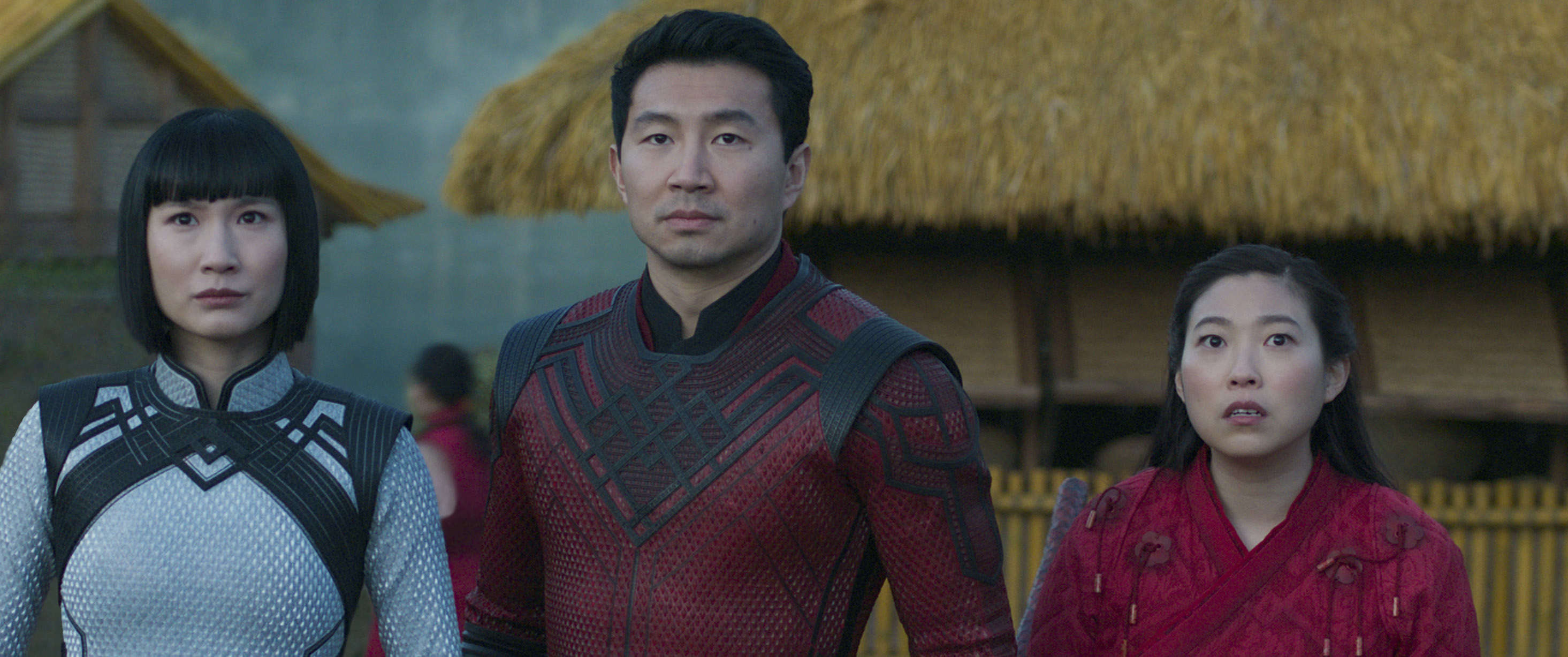Shang Chi (2021)—Cultural Representation Done Right

After 2018’s Black Panther stormed the box office and the world with its strong cast and accurate cultural representation, many fans, including myself, were expecting the first Asian superhero movie. At the time, all we had was Netflix’s Iron Fist, which didn’t do the Asian community any favors, instead, it did the opposite. However, that all changed in 2020, when Marvel decided to make a Shang Chi movie.

The film begins with Yi Ling telling a young Shang Chi stories of his father, Xu Wenwu, as an immortal warlord who lived to conquer with the power granted to him by the Ten Rings. One day, he journeyed to a small village called Ta Lo in an attempt to add it to his growing empire. However, after he met a woman named Yi Ling, the two fell in love and eventually married. The couple had two children: Shang Chi and Xialing. Yi Ling gives special amulets to both children and Wenwu decides to abandon the Ten Rings and live with his family. This all changes when Yi Ling is murdered by his enemies. Wenwu begins training Shang Chi in martial arts with the goal of killing the men who murdered his wife. Shang Chi is sent to America to carry out his task. After succeeding, he stays in the U.S. out of shame for his actions. In the present day, Shang Chi is seen working as a hotel valet under the alias “Sean”. One day, while he and his co-worker and friend, Katy are on a bus, they get attacked by a group of assassins sent by Wenwu to retrieve Shang Chi’s amulet. Shang defeats the assassins, but they succeed in retrieving his amulet. Realizing that the Ten Rings were after their amulets, Shang Chi quickly travels to Macau to find his sister before they do.

What Hollywood desperately needs is more accurate representation of other cultures and minorities. Typically Asian American men are portrayed as socially awkward nerds who are academically over-achievers and are usually the butt of jokes. Shang Chi (2021), however, contains three dimensional characters who are both likeable and relatable. One of my favorite parts of the film was when Shang Chi decided to tell Katy his Chinese name. Usually, Asian Americans have two names: their real name, and an English name that’s easy to pronounce. The character of Katy is portrayed as a young woman who doesn’t know what to make of her life, as opposed to the more stereotypical Asian caricature of the highly driven successful minority. Additionally, many of the costumes and props took heavy inspiration from Chinese artifacts and lore. For example, Wenwu’s Ten Rings were based off of Chinese iron rings: rings typically made of steel to aid with strength and conditioning in various schools of Kung Fu. Furthermore, the design of the staff used by Shang Chi was inspired by the mythical staff used by the Monkey King. Unlike Netflix’s Iron Fist, Shang Chi (2021) successfully brought Chinese martial arts to the MCU. In fact, the fight choreography was so good that it washed away the foul aftertaste that was Iron Fist.

While Shang Chi is a breath of fresh air to the MCU, it does follow some Marvel tropes, especially in the third act, with a huge CGI monster fight replacing the more grounded fight scenes we’ve seen throughout the film. My favorite fight scenes were the jaw-dropping bus fight between Shang Chi and the assassins and the death-defying fight in Macau. I wished we’d see more fights like these, with more physical skill and less CGI. Additionally, I wished we had a final goodbye scene between Wenwu and his children before he died, as I think it would have made his death more impactful. Speaking of Wenwu, while he does kind of fit in the Marvel trope of the “misunderstood or sympathetic villain”, I’m glad his origins were changed dramatically from the comics, as Shang Chi’s father in the comics was not the emotionally complex Wenwu, but rather a racist Asian caricature named Fu Manchu.

During a time where COVID-19 shut down movie theaters across the U.S., Marvel and Disney began to wonder whether theater releases were worth it anymore. Deciding to use Shang Chi (2021) as a way to see how many people would turn up to theaters, the film was released exclusively in theaters. If less people showed up in-person, Marvel and Disney would push back the release dates of their other films. The in-person turnout was so impressive that Marvel and Disney decided to push forward the release dates of their other films, for example, Venom: Let there be Carnage (2021) was pushed from October 15th to October 1st! So next time you see a Marvel movie in theaters, you have Shang Chi (2021) to thank for it.









